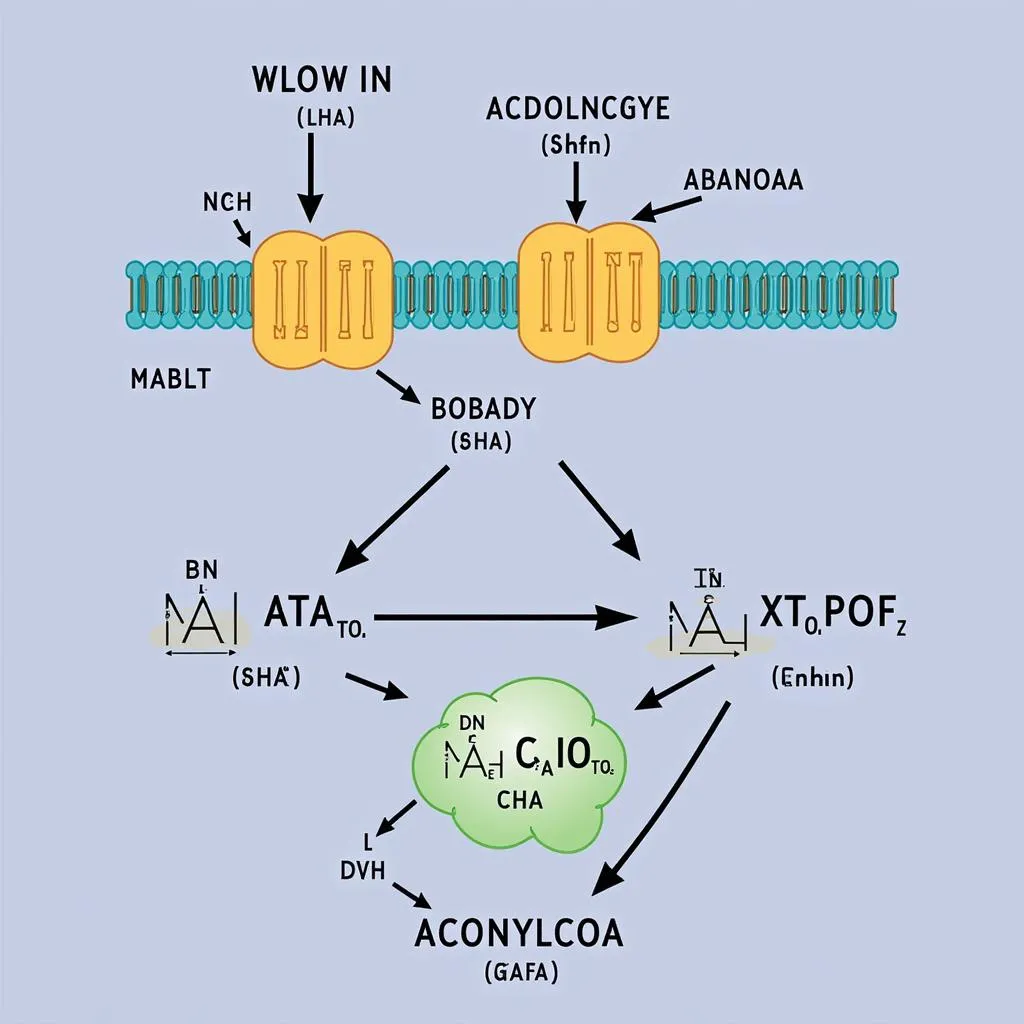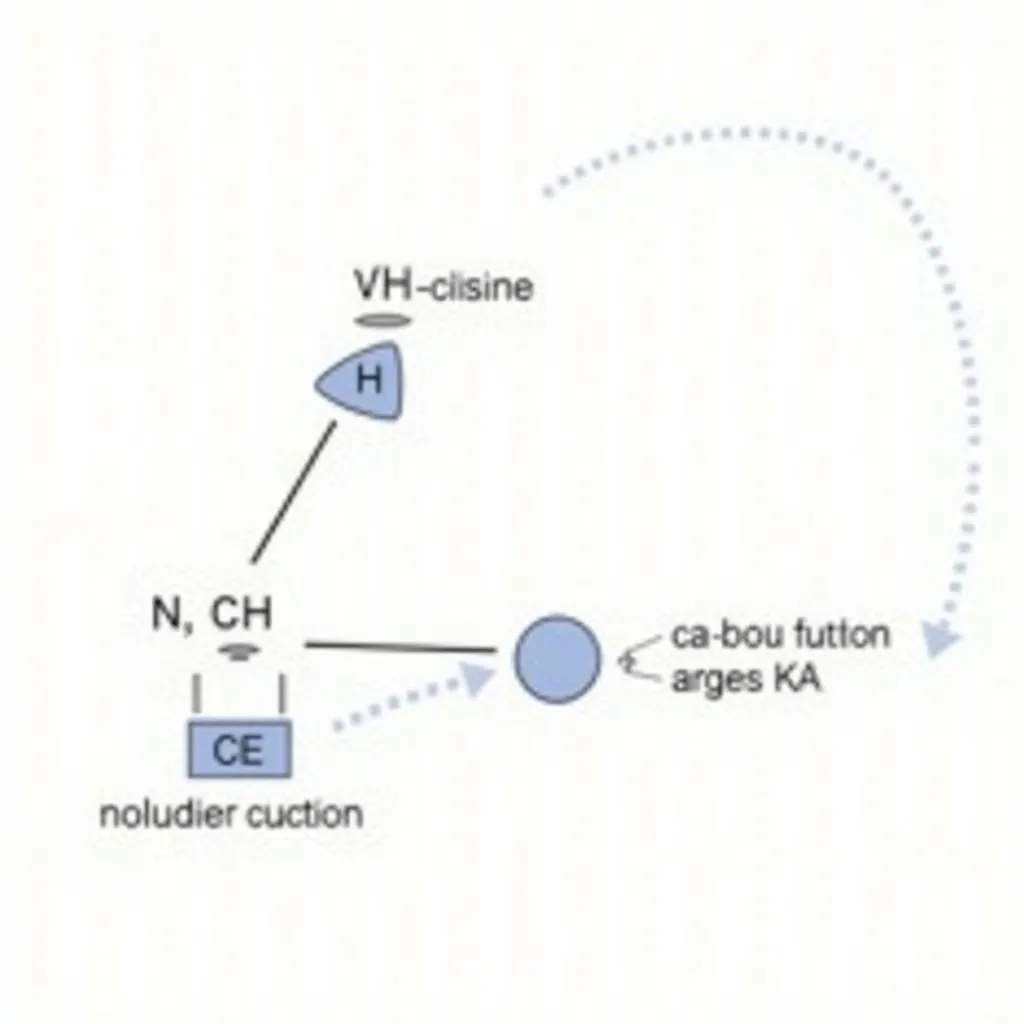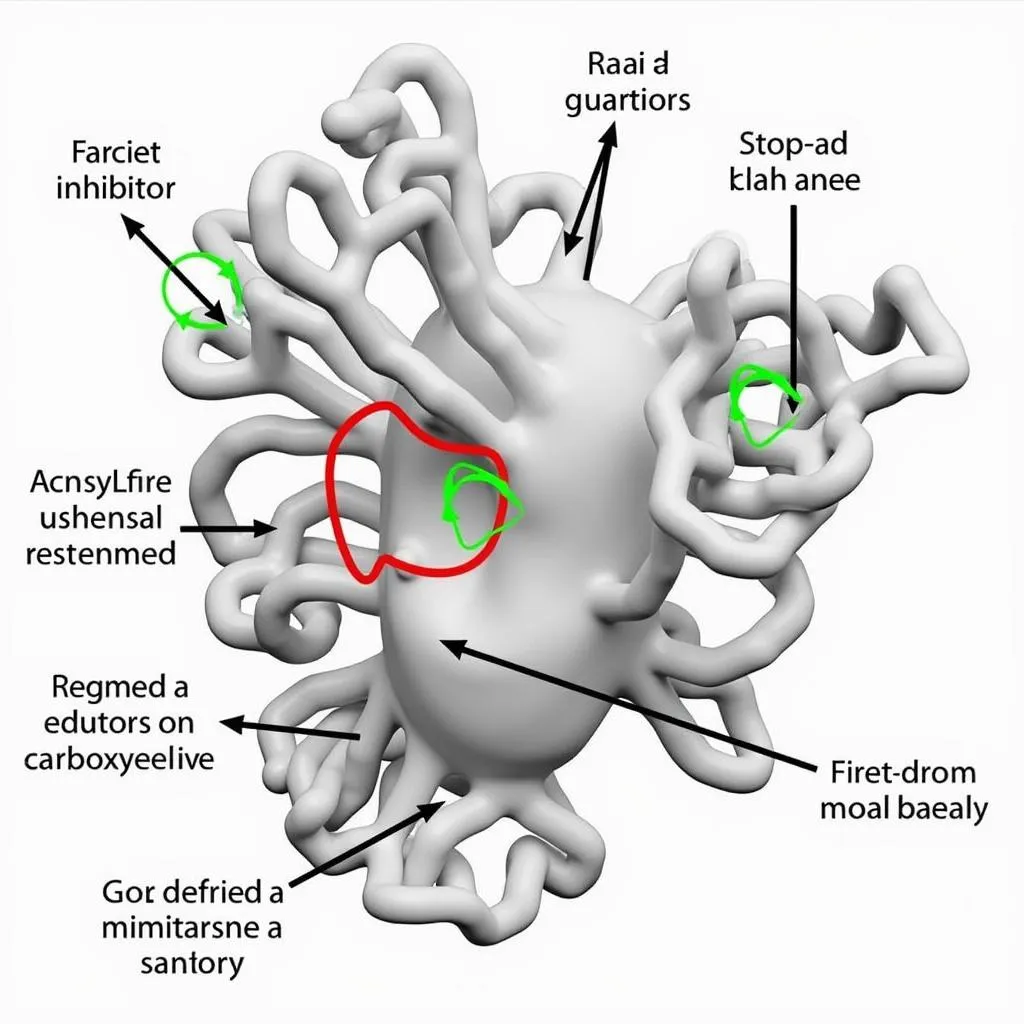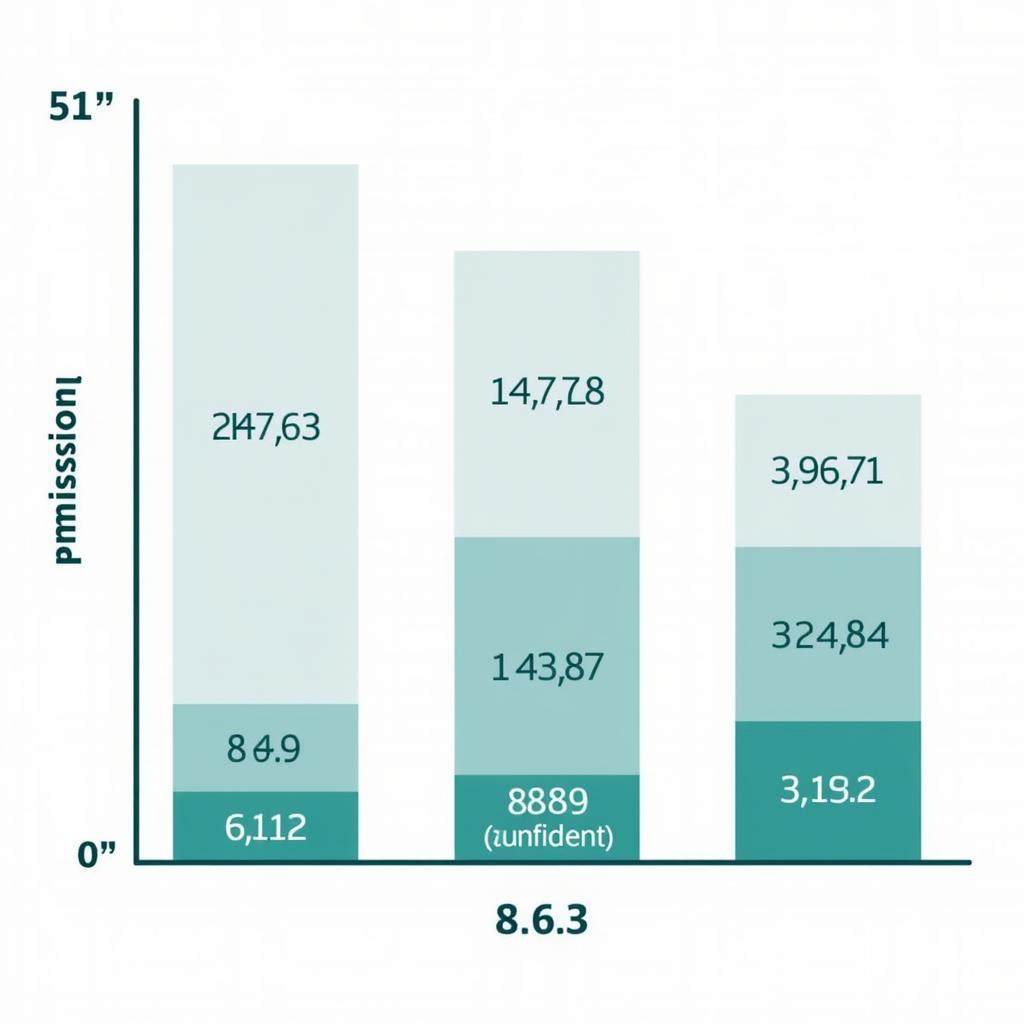Acetyl CoA carboxylase (ACC) is a pivotal enzyme that plays a crucial role in regulating the metabolism of fatty acids within our bodies. Imagine it as the diligent gatekeeper, controlling the flow of molecules into the pathway responsible for building up these essential fats. This article delves into the intricacies of acetyl CoA carboxylase, exploring its significance, mechanism of action, and the implications of its regulation on human health.
Understanding Acetyl CoA Carboxylase
At its core, acetyl CoA carboxylase catalyzes the first committed step in fatty acid synthesis. This intricate process involves the conversion of acetyl-CoA, a molecule derived from carbohydrate or fat breakdown, into malonyl-CoA. Malonyl-CoA then serves as the building block for the synthesis of fatty acids, essential components of cell membranes, energy storage molecules, and signaling molecules.
The Structure and Function of ACC
ACC exists in two isoforms in mammals: ACC1 and ACC2. ACC1, found primarily in lipogenic tissues like the liver and adipose tissue, is responsible for providing malonyl-CoA for fatty acid synthesis. On the other hand, ACC2, predominantly located in tissues that primarily oxidize fatty acids like the heart and skeletal muscle, regulates fatty acid oxidation by controlling the levels of malonyl-CoA, which inhibits fatty acid entry into mitochondria for breakdown.
The Mechanism of Action
Acetyl CoA carboxylase catalyzes a two-step reaction involving the carboxylation of acetyl-CoA to form malonyl-CoA. This reaction requires biotin as a cofactor and ATP as an energy source.
 Mechanism of Acetyl CoA Carboxylase
Mechanism of Acetyl CoA Carboxylase
Regulation of Acetyl CoA Carboxylase: A Balancing Act
The activity of ACC is tightly regulated to maintain lipid homeostasis. This regulation occurs at multiple levels, including:
- Allosteric Regulation: Citrate, an indicator of abundant energy and precursor molecules, allosterically activates ACC, promoting fatty acid synthesis. Conversely, palmitoyl-CoA, the end product of fatty acid synthesis, inhibits ACC, preventing excessive fat production.
- Hormonal Regulation: Hormones like insulin and glucagon play crucial roles in regulating ACC activity. Insulin, released when blood glucose levels are high, activates ACC, promoting glucose utilization for fatty acid synthesis. In contrast, glucagon, secreted during fasting, inhibits ACC, sparing glucose for other essential functions.
- Phosphorylation: Phosphorylation, the attachment of a phosphate group, can either activate or inhibit ACC depending on the specific amino acid residue being modified. This intricate interplay of phosphorylation events adds another layer of complexity to ACC regulation.
 Regulation of Acetyl CoA Carboxylase Activity
Regulation of Acetyl CoA Carboxylase Activity
The Implications of Acetyl CoA Carboxylase in Health and Disease
Given its central role in fatty acid metabolism, dysregulation of ACC is implicated in various metabolic disorders, including:
- Obesity: Increased ACC activity can lead to excessive fat accumulation, contributing to obesity.
- Type 2 Diabetes: Impaired ACC regulation is associated with insulin resistance, a hallmark of type 2 diabetes.
- Cardiovascular Disease: Elevated levels of malonyl-CoA, the product of ACC, can inhibit fatty acid oxidation in the heart, potentially contributing to heart disease.
Targeting Acetyl CoA Carboxylase for Therapeutic Intervention
The crucial role of ACC in metabolic diseases has sparked interest in targeting this enzyme for therapeutic purposes.
 Potential Therapeutic Targets on Acetyl CoA Carboxylase
Potential Therapeutic Targets on Acetyl CoA Carboxylase
Conclusion
Acetyl CoA carboxylase stands as a critical regulator of fatty acid metabolism, orchestrating the delicate balance between fatty acid synthesis and breakdown. Its intricate regulation ensures our bodies can efficiently utilize and store energy while preventing the buildup of harmful fat deposits. Understanding the complexities of ACC and its role in metabolic diseases opens doors for developing novel therapeutic strategies to combat these growing health concerns.

